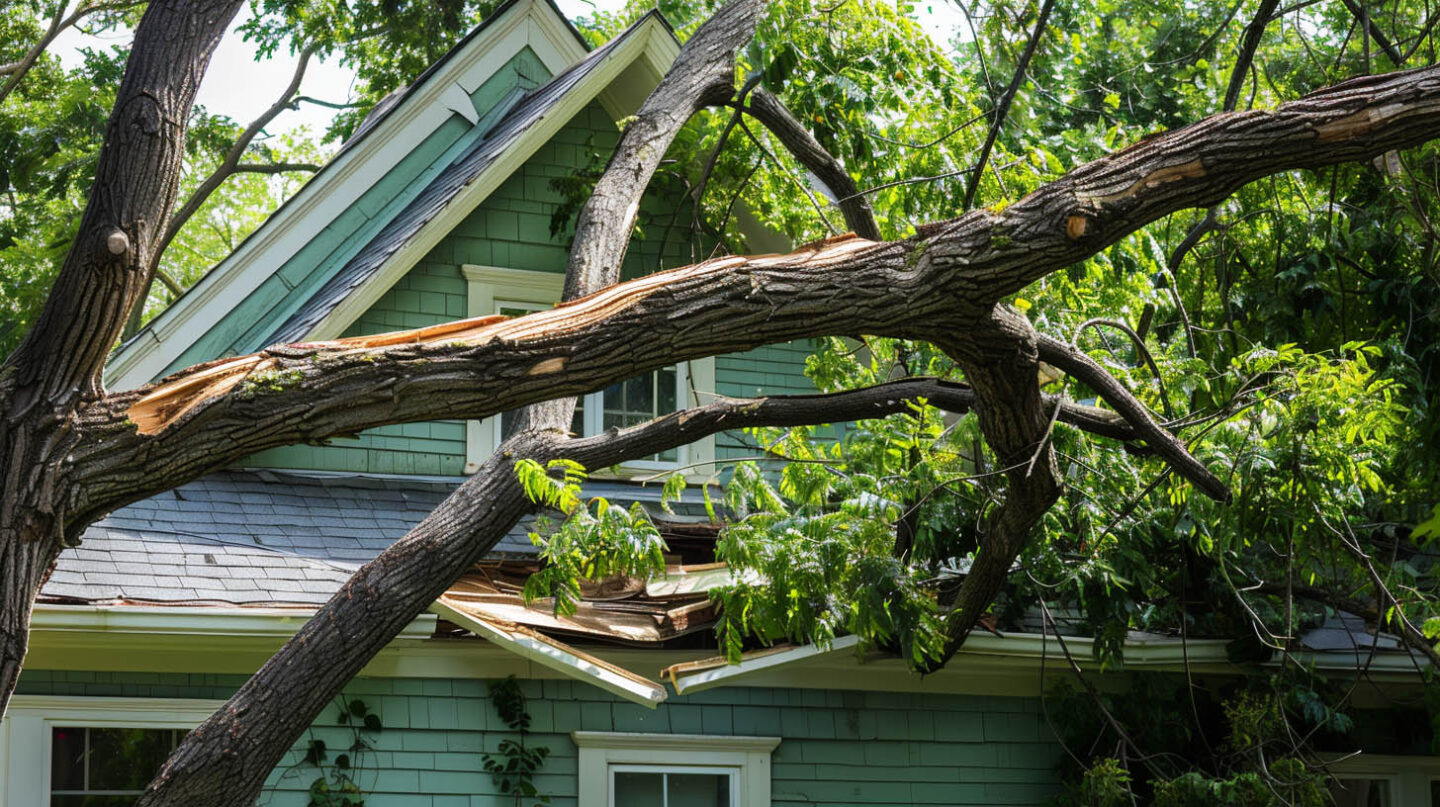The beautiful, mature trees in Cary, NC, add so much character to our neighborhoods. But after a storm, a fallen limb can be more than just a yard cleanup project. These tree limb impacts can cause unseen structural damage, compromising a tree’s health and stability. A weakened tree poses a significant risk to your property, including your roof and home. At The Shingle Master, our mission is to protect homes and families, and that starts with understanding all potential hazards, even those rooted in your own yard.
Understanding Tree Limb Impacts and Hidden Structural Damage
When a large branch comes crashing down, the immediate mess is obvious. However, the force of tree limb impacts can create deeper, less apparent issues related to tree damage within the tree itself. This hidden structural damage can slowly worsen, turning a seemingly healthy tree into a future liability.
Understanding what causes these failures and what to look for is the first step in protecting your property. The health of the entire tree can be affected, so it’s important to know the difference between superficial wounds and critical structural damage.
Why Tree Limb Failures Happen in Cary, NC
Several factors contribute to tree limb failures in Cary, NC, particularly the interplay of environmental conditions and tree species. Severe weather events such as high winds, ice storms, and winter storms, along with the added weight from ice or snow, further exacerbate the risk. Additionally, mature trees often face structural weaknesses due to age, pest infestations, or root-related issues, leading to compromised stability. Regular pruning can mitigate some risks by removing dead or weak branches, promoting the tree’s overall health and enhancing its resilience against potential hazards.
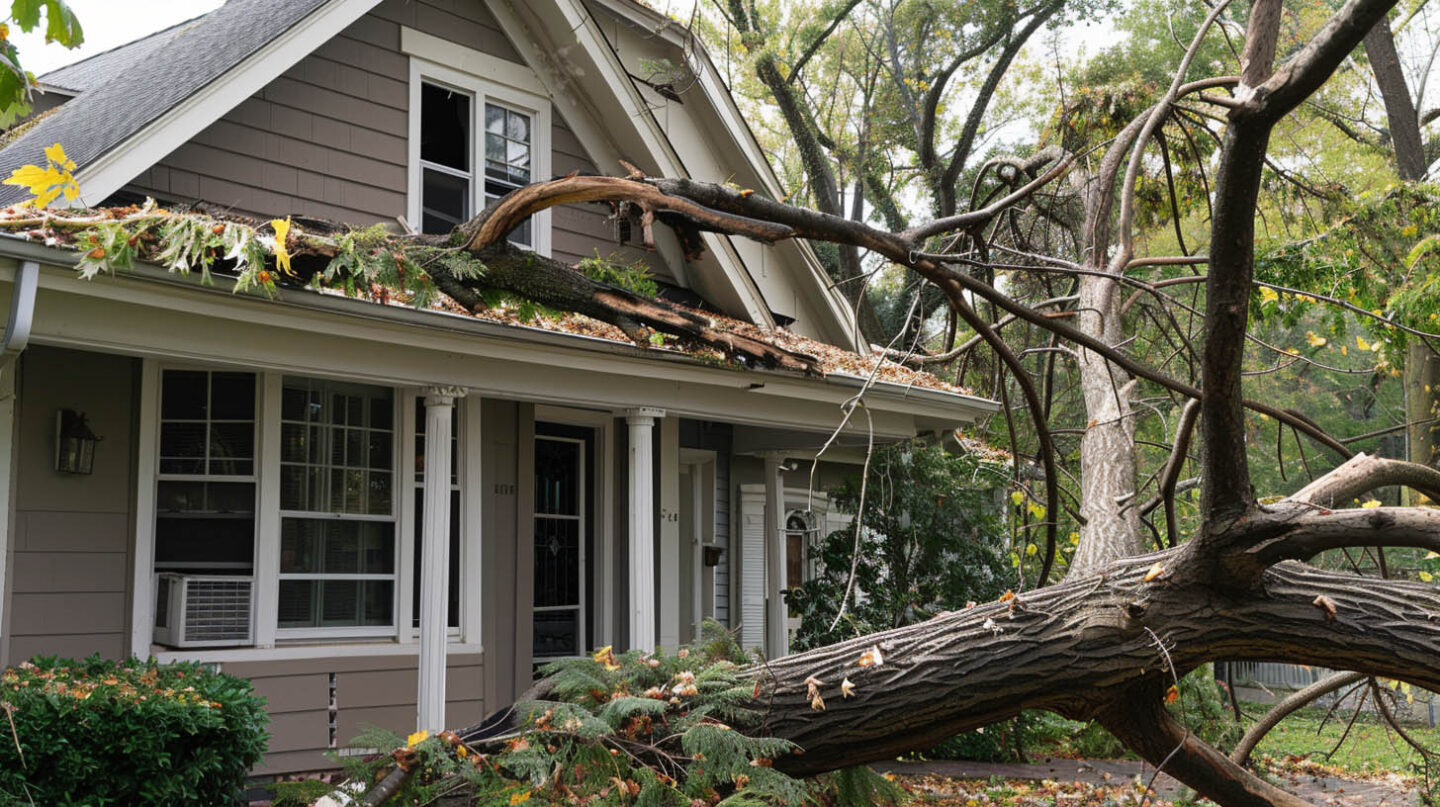
The Difference Between Visible vs. Hidden Damage
Visible damage, such as broken branches or splintered trunks, is often the first clue to structural issues in trees. However, hidden damage can pose a more significant risk to tree health and stability of a tree, especially related to storm damage during the summer months. Factors like internal cracks, compression wood, and root problems may not be immediately apparent but can substantially undermine a tree’s structural integrity. A thorough tree risk assessment by certified arborists may reveal these subtle but critical weaknesses, ensuring a comprehensive understanding of potential hazards and the tree’s overall health.
Identifying Subtle Signs of Structural Tree Issues
You don’t have to be a certified arborist to spot potential trouble. By learning to recognize subtle symptoms of decline, you can identify weak points and address structural problems before they become catastrophic. Paying close attention to your tree’s health, especially after a storm, is a key part of responsible homeownership.
Changes in a tree’s posture, bark, or the soil around it can all be clues. Let’s explore what to look for after a limb has fallen and what symptoms might indicate a deeper, internal issue.
Observable Changes After a Limb Falls
Tree health can be significantly impacted following a limb fall, with immediate observable changes often indicating underlying issues such as root decay. An abrupt loss or tree falling may lead to exposed areas on the trunk, potentially showcasing compression wood or signs of decay. Additionally, surrounding foliage may exhibit stress, with small branches wilting or changing color, hinting at the tree’s overall stability. The extent of environmental conditions, such as recent storms, can accelerate these symptoms, signaling the need for a comprehensive tree risk assessment to determine any structural weaknesses.
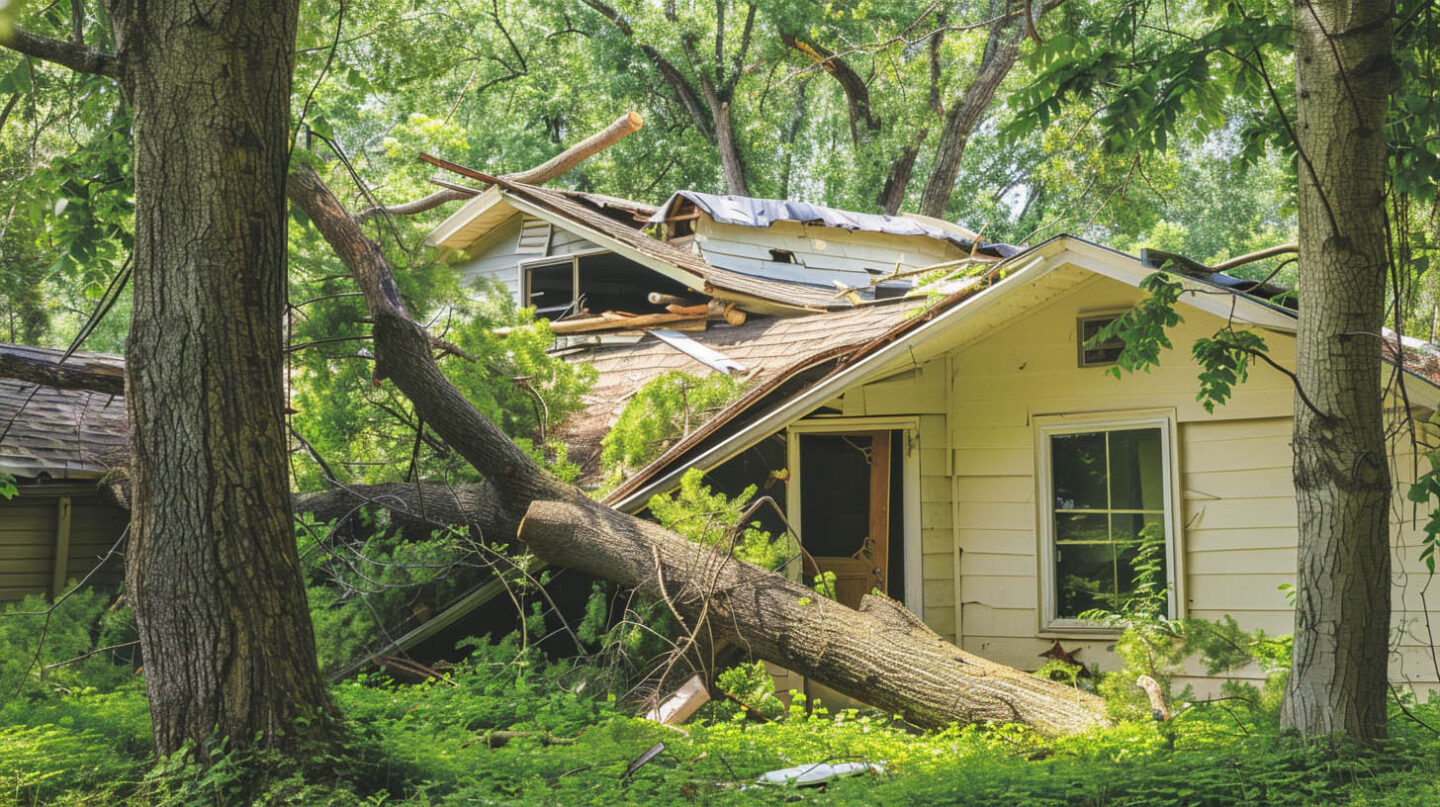
Symptoms That Might Point to Internal Damage
Symptoms indicating potential internal damage can often be subtle yet significant. Common signs include unusual leaf drop or discoloration, which may suggest compromised vascular systems affecting nutrient transport. Additionally, a sudden lean or structural distortion can signal hidden wood decay or disrupted root damage systems, impacting the tree’s overall health. Observing excessive sap flows or fungal growth at the trunk base may also denote internal rot, warranting immediate attention from certified arborists to assess the tree’s structural integrity and mitigate risk.
Common Hidden Defects Caused by Limb Impacts
The force from a major limb impact can cause significant damage that remains hidden deep within the tree’s structure. These defects can develop over time, silently compromising the tree’s strength until the next storm reveals the extent of the damage in a catastrophic way, possibly from a fallen tree.
The two most common types of hidden defects are undetected cracks within the trunk and disturbances to the root system. Both of these root problems can lead to tree failure long after the initial incident, making early detection crucial.
Undetected Cracks and Splits in the Trunk
Undetected cracks and splits in the trunk can significantly compromise a tree’s structural integrity and weaken the tree’s ability to withstand external forces. Often concealed from plain sight, these defects arise due to a combination of environmental conditions, including prolonged sun exposure, and biological factors. Routine inspections by certified arborists are essential, as they can identify weaknesses that may lead to tree failure over time. Addressing these issues through proper pruning and care not only enhances the tree’s overall health but also mitigates the risk of potential hazards like property damage from falling limbs.
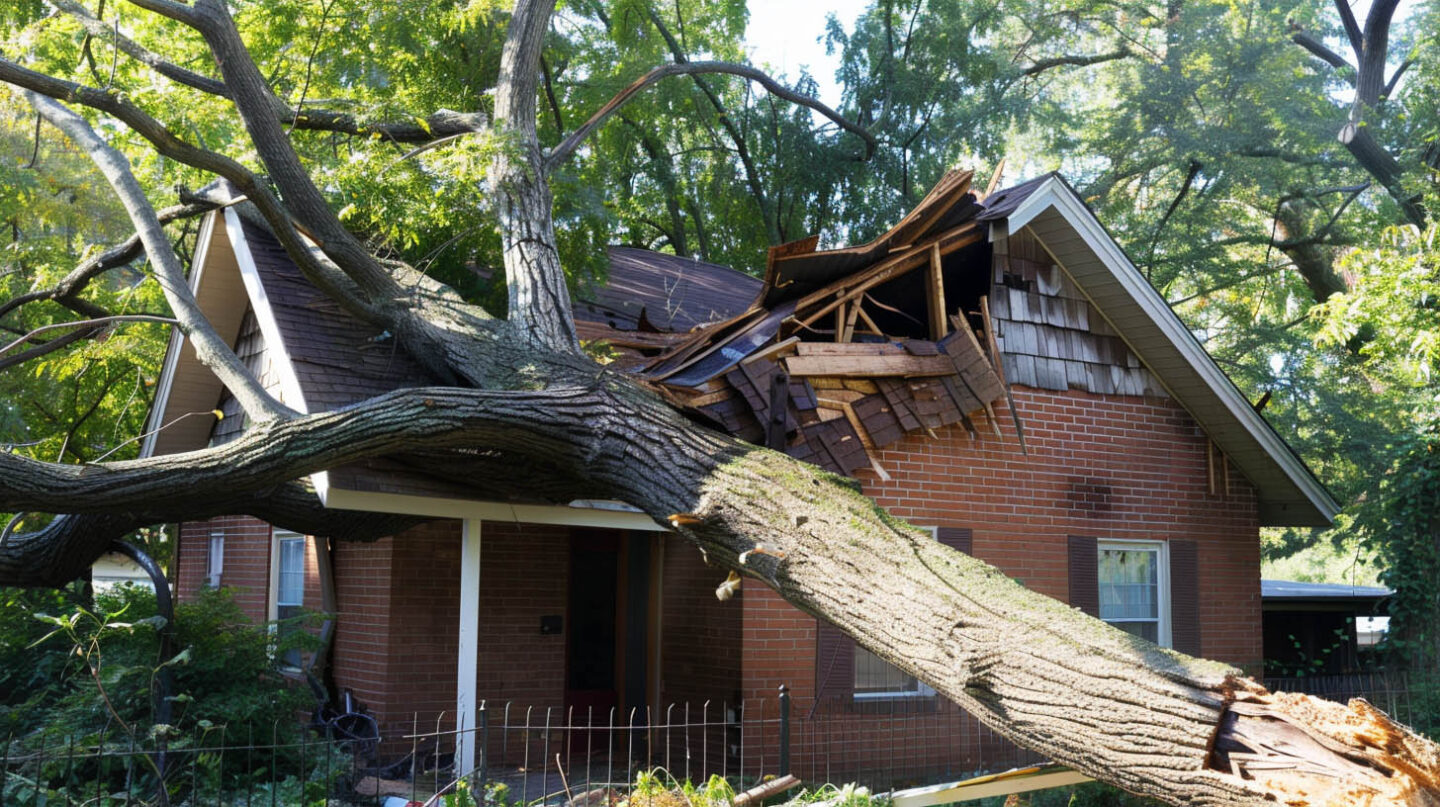
Root Plate Disturbance and Soil Shifts
Root plate disturbance often occurs when significant weight is added to a tree’s limb structure, especially following strong weather events. This added stress can disrupt the stability of the root plate, leading to potential hazards like leaning trees or even young trees facing the risk of tree failure. In certain cases, shallow root systems can further exacerbate stability issues. Soil shifts, exacerbated by heavy rain or ice loads, can compromise the surrounding support system, further risking the tree’s overall health. Regular tree risk assessments are crucial for identifying these hidden structural weaknesses that could threaten property safety.
Inspecting Your Trees for Structural Weaknesses
Proactive inspection is the best way to catch structural weaknesses before they lead to disaster. You can perform a basic visual risk assessment yourself, but it’s also important to know when a problem requires a systematic process to achieve a professional eye.
A systematic walk-around of your property can reveal a lot about the health of your trees, especially any larger branches. By making this a regular habit, particularly after severe weather, you can better protect your home from the potential hazard of a falling tree or limb, providing a crucial frame of reference for assessing tree health.
Simple Homeowner Inspection Steps
Routine inspections make a significant difference in maintaining a tree’s structural integrity. Begin by examining the trunk for signs of visible damage, such as cracks or splits, which indicate potential structural weaknesses. Next, observe the canopy; a sparse leaf distribution may suggest internal issues or pest infestations. Finally, check the surrounding soil for displacement or shifting, which could point to root problems. Regular assessments will enhance a tree’s overall health and stability, reducing the risk of unexpected failures.
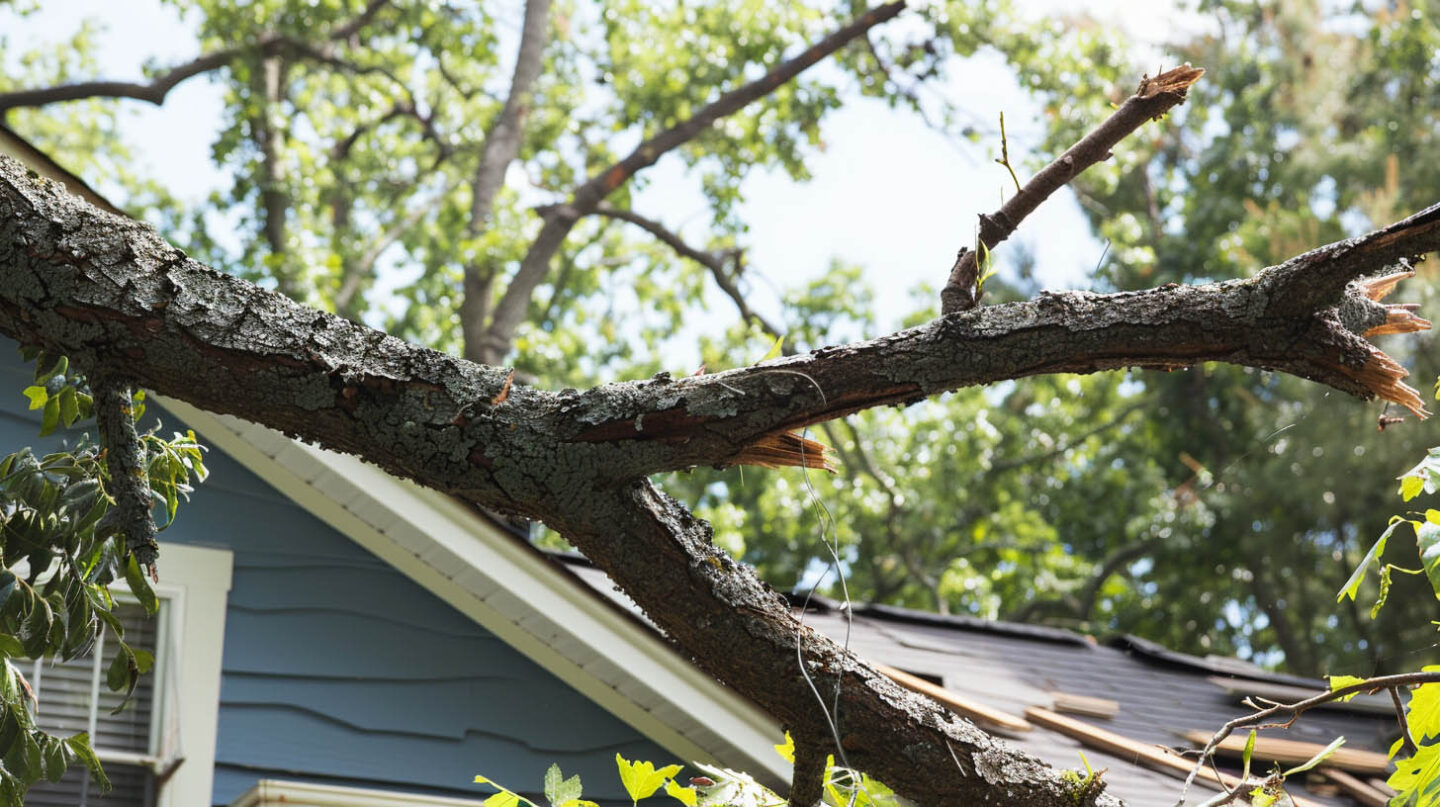
When to Consider a Professional Tree Assessment
Regular inspections are essential to maintain the tree’s structural integrity, but some situations call for a certified arborist’s expertise, especially when tree removal may be necessary. Signs such as visible cracks, leaning trees, or significant limb loss warrant an immediate risk assessment. Environmental conditions like high winds or icy loads can exacerbate underlying issues, potentially leading to tree failure. Consulting with a professional tree care company ensures that the tree’s overall health is evaluated systematically, addressing hidden structural problems that could pose threats to your property.
What’s Next
Recognizing and addressing tree limb impacts is crucial for preserving the tree’s structural integrity and overall health. Regular pruning removes dead branches and regular assessments by certified arborists can help detect hidden structural weaknesses, ensuring the tree’s stability amid environmental conditions. Understanding the symptoms of decline and potential hazards allows property owners to mitigate risks effectively. With proactive tree care and proper pruning, tree health can be maintained, preventing significant damage and enhancing longevity, ultimately contributing to a safer and more beautiful landscape. Our commitment to excellence is reflected in our awards: GAF Master Elite Contractor, BBB A+, Haag Certified Inspector, and NC Licensed General Contractor.
Frequently Asked Questions
How do you tell if a tree is causing foundation problems?
To determine if a tree is causing foundation problems, look for signs like cracks in walls, uneven floors, or gaps between walls and window frames. Additionally, monitor tree roots that may encroach upon the foundation area. Regular inspections are crucial to address potential issues early.
What is tree compartmentalization of damage?
Compartmentalization is a tree’s natural defense process. Instead of healing wounds, a tree walls off the damaged or decaying area to prevent it from spreading to the rest of the tree. The effectiveness of this process varies by tree species and impacts the tree’s long-term overall health.
Read our blog: Low-VOC Roofing: Choosing Safer Adhesives & Primers

